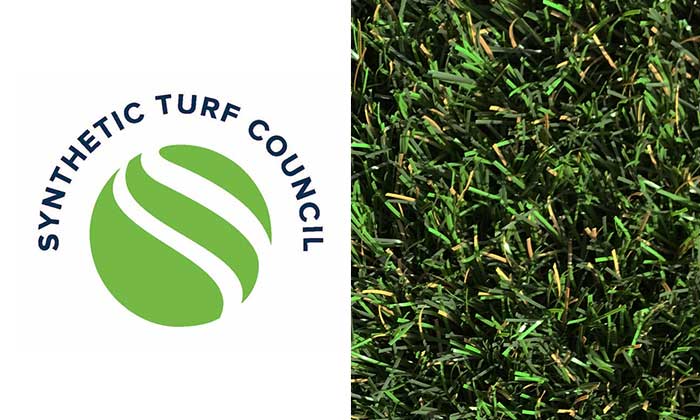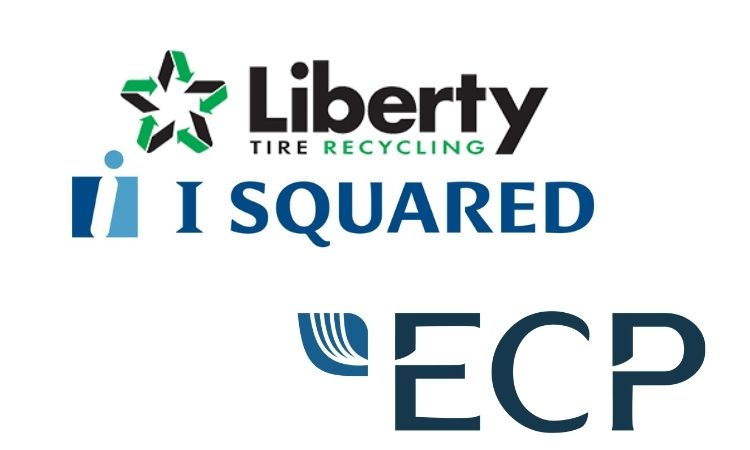Bridgestone and Michelin unveil Recovered Carbon Black Guidelines in joint white paper
Bridgestone and Michelin publish white paper to share the results of their work on the increased use of recovered carbon black in the tire industry.
Following the joint call to action around recovered carbon black at the 2021 Smithers rCB conference, Bridgestone Corporation and Michelin Group have published a joint technical white paper to share the results of their work with stakeholders in the rCB community to develop a proposed global standard to increase the utilization of recovered carbon black material in tires. The joint white paper titled, Bridgestone & Michelin: Recovered Carbon Black Guidelines, can be found on rcbrubber.com.
In 2022, the two companies released a position paper focused on the joint initiative to increase the use of recovered carbon black. The position paper outlined the reasoning behind this important call to action and the goals that Bridgestone and Michelin plan to achieve through this collaboration. Bridgestone and Michelin collaborated with recovered carbon black (rCB) suppliers and other stakeholders in the value chain to define initial proposals for standards, including grades, specifications, and awareness of quality and performance requirements for the tire industry. The two companies have produced a set of definitions, proposed specifications, and guidelines for regulatory requirements, as well as a foundation for supporting the growth of the rCB industry.
Globally, one billion tires, representing around 30 million tons of material, are estimated to reach the end of their useful service life every year. Many of the technical challenges surrounding the use of recycled and recovered materials from end-of-life tires are understood, but there remain significant market barriers to achieving material circularity at the scale necessary to realize material circularity in tires. Today, fewer than 1% of all carbon black material used globally in new tire production comes from recycled end-of-life tires, due to a sub-optimal supply chain for the recovery and reuse of carbon black.
Recovered carbon black presents an opportunity to reduce the tire industry’s reliance on petrochemicals by replacing a portion of traditional carbon black with a sustainable and circular alternative without introducing performance compromises. Additionally, using recovered carbon black in new tire production can reduce CO2 emissions in new tire production by up to 85% compared to virgin materials.
“No one company can deliver the supply chain advancements necessary to achieve our shared aim of a more sustainable and circular tire economy,” said Marco Musaio, Head of End-of-Life Tire & Circular Economy, Bridgestone Europe. “The use of recovered carbon black in tires is a critical element of our efforts to achieve products that are made from 100% sustainable materials by 2050.”
“The shift from a linear value chain to a circular one presents a crucial challenge necessitating a shift in mindset and increased adaptability. The partnership between Bridgestone and Michelin serves as a prime illustration of this transition, aimed at fostering the development of a novel value chain for reclaimed carbon black. The conversion of End-of-Life Tires into cutting-edge materials that can be reused in our tires marks a significant initial stride towards achieving our goal of 40% recycled and renewable sustainable materials by 2030”, said Fabien Gaboriaud, Senior Vice President of Sustainable Materials & Circularity, Michelin.
Press release by Michelin.
Weibold is an international consulting company specializing exclusively in end-of-life tire recycling and pyrolysis. Since 1999, we have helped companies grow and build profitable businesses.









